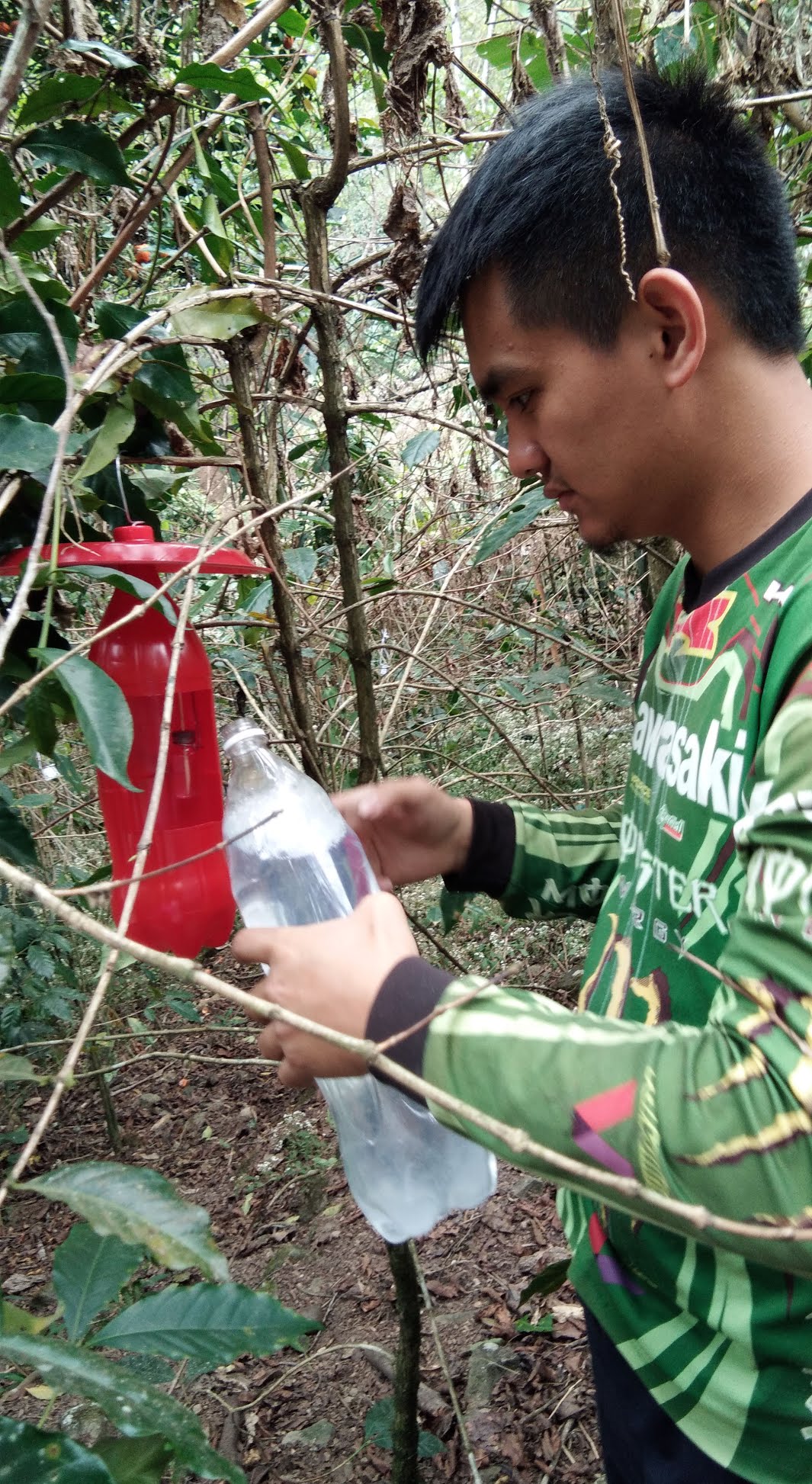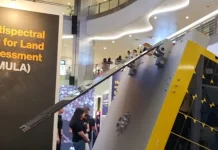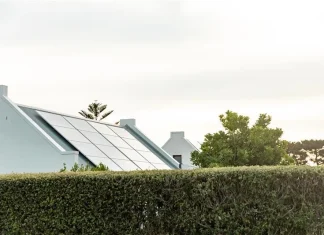
Benguet State University (BSU) student Jimmer John Bisaya has built a Filipino adaptation of the Hawaiian lure trap for coffee pests.
The Agriculture Entomology major of BSU built the special trap for his undergraduate thesis supervised by Dr. Bonnie Ligat. The trap is made for berry borers (CBBs), a one-millimeter-long pest, which reduces harvest of Benguet coffee.
The Benguet State University student thesis, titled “Pre-emptive Management Approach of Coffee Berry Borer (Hypothenemushampei Ferrari) in Arabica Coffee (Coffea arabica Linnaeus) in Atok, Benguet,” explored how to control the pestilence at the one-hectare coffee plantation of the Atiw and Mayos families in Sayet, Benguet.
“CBBs penetrate coffee beans, lay their eggs inside to cause the coffee berries to dry, turn black, and eventually fall. There is an infestation in Sayet, Caliking, Atok, and even in Longlong, La Trinidad,” Bisaya said in Ilocano in the BSU report released on July 5.
The coffee plantation in the study is grown organically and did not use pesticides.
“CBB is small so spraying would only risk the coffee berries to contamination while failing to reach the CBB because they are inside the coffee berries. It will only be a waste of pesticide and an additional cost for the farmers),” Bisaya explained.
Since CBBs are active throughout the year, Bisaya emphasized the importance of sanitation in order to reduce the chances of re-infestation. Once the infested coffee beans are cleared, the lure trap is used for any remaining coffee pests.
Bisaya based his lure trap on a design published by the University of Hawaii at Manoa, College of Tropical Agriculture and Human Resources.
He used the following to build the Hawaiian-designed lure trap:
- 2-liter capacity plastic bottle
- lure bottle
- galvanized wire
- methanol
- ethanol
- soapy water
Bisaya then refined the Hawaiian lure trap to match the conditions in Atok. The BSU adaptation added a plastic plate to prevent rainwater from diluting the solution inside the lure trap. A vial that had been pricked with a barbecue stick was also used instead of a polyethylene lure bottle.
BSU provided the process of creating the lure trap:
A 4×4 square inch window was cut in the plastic bottle, 10 centimeters away from its bottom to serve as the entrance of the CBBs. A hole was made on the plastic bottle cap and a 38.1 cm wire was inserted and tied at the neck of a vial containing a mixture of 3 parts methanol and 1 part ethanol to imitate the smell of rotting coffee berries. The cover of the vial was pricked with a 7-cm long barbecue stick made of bamboo (do not take the stick off) to let the odor out. The other end of the wire served as the handle of the trap. The trap was hung on the coffee tree branches, 10.16 centimeters above the ground.
At the bottom of the bottle is a 75 ml powdered soap solution meant to drown the coffee berry borers. Bisaya cautioned that powdered soap with strong odor such as those with fabric conditioners is not acceptable since it will interfere with the odor of the methanol-ethanol mixture. A plastic plate with a diameter of 22.86 cm was attached on top of the bottle to avoid rainwater diluting the solutions inside. The plastic bottle and plastic plate were spray-painted red to imitate the color of coffee cherries.
The results of the BSU study also recommended that four lure traps are needed for 50 trees.
Bisaya is now a research assistant at BSU-Cordillera Organic Agriculture Regional Development Center (COARDC).
SEND your congratulations in the comments below for Benguet State University student Jimmer John Bisaya, displaying excellence in academic studies!
Like, Follow, Subscribe to GoodNewsPilipinas.com Facebook, Twitter, Instagram, Good News Pilipinas! TV on YouTube, new story notifications and e-mail newsletters for updates on more Filipino Pride stories.










